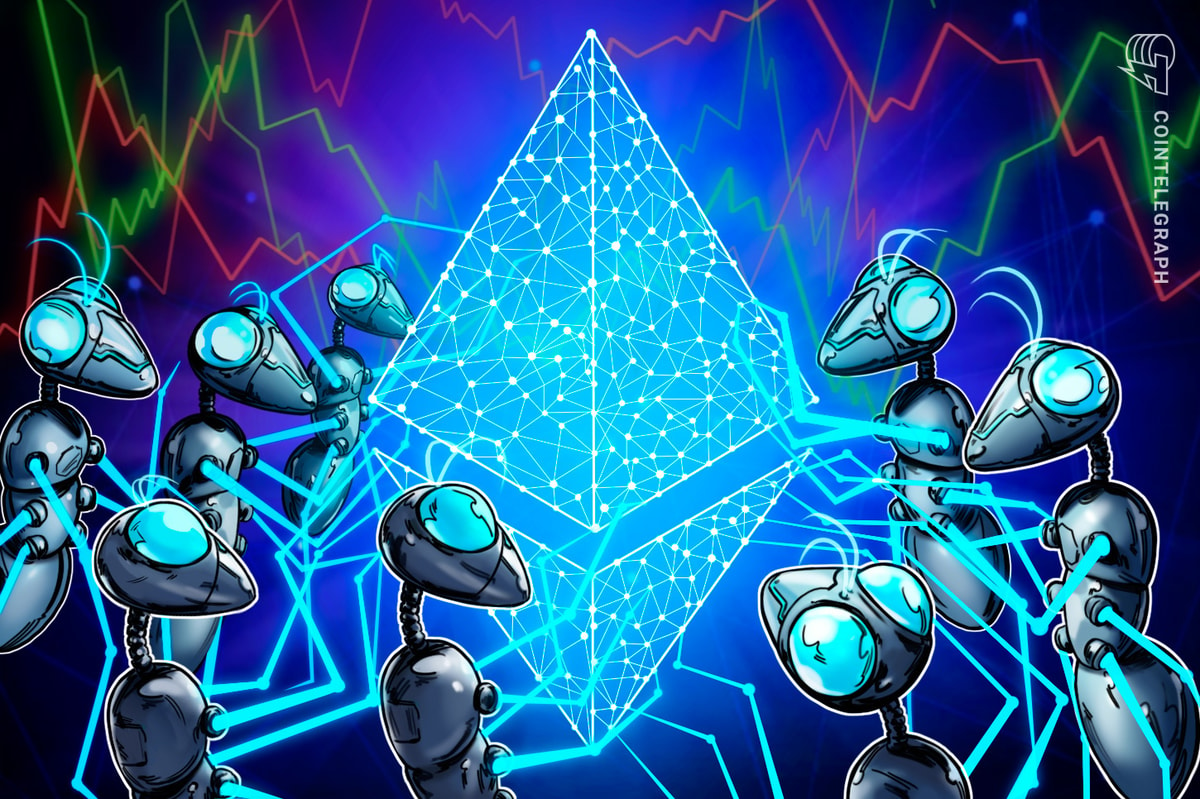Ethereum is entering the ultimate testnet phase of its Fusaka upgrade, the last major step before its expected mainnet launch on December third. The update introduces a gas cap per transaction of roughly 16.78 million units to enhance block efficiency and prepare the network for parallel execution.
The change, already lively on the Holesky and Sepolia testnets, is meant to forestall individual transactions from consuming a complete block's gas. Previously, a single transaction could eat as much as the total block gas limit of around 45 million, introducing potential denial of service risks and limiting scalability.
A gas cap limits the processing power that a single transaction can eat. This ensures that no transaction can monopolize a complete block and allows the network to process activity more evenly.
By enforcing a gas limit cap per transaction, Ethereum goals to make block composition more efficient and predictable, ensuring that multiple smaller transactions can fit right into a block.
The change is a component of Ethereum's broader transition to parallel execution, a key milestone in its roadmap that can enable multiple transactions to be processed concurrently.
The introduction of capped transaction gas caps comes about every week after Ethereum launched the Fusaka upgrade on the Sepolia testnet, raising the full-block gas limit from around 45 million to 60 million.
The next phase of the Fusaka upgrade is scheduled to launch on the Hoodi testnet on October twenty eighth, with mainnet deployment expected in December 2025.
Understanding the Fusaka Upgrade
The Fusaka upgrade (EIP-7825) is a vital a part of Ethereum's roadmap and follows the Dencun upgrade in March 2024 and the Pectra upgrade on May 6, 2025.
The upgrade introduces several changes: it increases Ethereum's default block gas limit to 60 million, sets a per-transaction gas cap of 16.77 million under EIP-7825, and introduces PeerDAS – the upgrade's principal feature.
PeerDAS (Peer Data Availability Sampling) allows Ethereum nodes to store only small, random portions of Layer 2 “blob” data quite than the whole data set. This approach keeps the network secure while reducing hardware requirements and enabling cheaper, higher-throughput scaling for Layer 2 networks.
Glamsterdam, the subsequent upgrade after Fusaka, will deal with Ethereum's execution layer and introduce EIP-7928, the network's first major step towards parallel transaction processing.
Gabriel Trintinalia, a protocol engineer at Consensys customer Besu, told Contelegraph: “These testnet upgrades are critical to constructing trust before the mainnet fork, allowing customer teams, validators and the ecosystem to validate performance, discover edge cases and refine parameters before activation.”

